Ro is a process of Reverse Osmosis. The purpose of Ro in Water purification plant is to clean the water with the help of technology that uses a partially permeable membrane to remove the large particles and unwanted molecules and also remove ions from drinking water. An average modern RO water purification plant needs six-kilowatt hours of electricity to designate one cubic meter of water.
Insights about the use of R.O. Process –
- The process also generates traces of salty water.
- The challenge for these Ro plants is to reduce the consumption of energy and use sustainable energy resources to improve the process while managing waste.
- In Ro plant, an applied pressure is used to balance the osmotic pressure.
- Ro can remove many types of dissolved chemicals and bacteria from water.
- Ro is used in both in industrial purpose and in production of potable water too.
- As a result of it, the solute is being removed, and the pure solvent remains in the water.
- The permeable membrane of Ro should not allow large molecules and ions to pass through its pores but enable smaller components to move freely.
- In Osmosis process solvent moves from high water potential to low water potential through a membrane.
- The Application of external pressure to reverse the natural flow of solution is termed as Reverse Osmosis.
Reverse Osmosis (R.O.) Vs. Filtration
The reverse osmosis and filtration both are different things. Filtration is like straining through pores of size 0.01 micrometer, but reverse osmosis is the diffusion of solvent across the membrane which uses Nano filtrations with 0.01-micrometer pores. The process depends on solute concentration and other conditions. Reverse osmosis is the most tedious process to remove unwanted material from the water molecules.
History of Installing the great Ro Water purification plant worldwide –
- Florida is the first known municipality in the whole United States to use Ro process on a large scale, starting with an initial capacity of 11.35 million liters per day.
- In Israel at Ashkelon, the world’s largest RO Water purification plant is producing 396 cubic meters of water per day.
- In Sindh Province, Pakistan, the government, has installed 382 Ro plants in out of which 207 are connected in backward areas of Sindh which includes the district of Thar, Thatta, Badin, Sukkur, Shaheed, Benazirabad, Noshero, Feroz, and others while 726 are on the final stage of their completion.
- In China, a desalination plant was planned for Tianjin in 2010, which produces 100,000 cubic meters of desalinated seawater a day. In Spain in 2004, 20 RO Water purification plant was designed to build along Costas, which meets only 1% of Spain’s total water needs.
- In Western Saudi Arabia at Yanbu, the production of the RO plants was started in 1999 for providing 106,904 cubic water per day. Later on, somewhere around 2009 with some expansion, the production reached to 132,000 cubic meters of water a day.
Application of the R.O. process
The separation of pure water from saline water of the sea is the most crucial Application of the R.O. process. Seawater is pressurized against the surface of the membrane to transport the salt-depleted water through the membrane and emerges water from other low pressure side. The layer used in reverse osmosis only allows water to pass through it while preventing the passage of solutes. This process requires high pressure to be exerted on the side of the high concentration of membrane. It is known all around for its use in desalination.
Nowadays, it is used in the Water purification plant for medical, industrial, and domestic Application. Household RO Water purification plant units use a lot of water because they have low back pressure. As a result of this, it is only purified 5 to 15% of the water entering the system. The remaining water is discharged as wastewater; the method to recover this wasted water is not practical for the household systems, which is a big issue in big cities like Delhi which increases the total water demand in those cities. Self-contained water treatment plant using reverse osmosis is known as RO water purification plant. Recent development work has focused on Ro water purifier plant to minimize the volume of discharge concentrate water. The world’s largest Ro plant was built in Sorek, Israel, in 2013. It is the cheapest and has an output of 624,000 cubic meters a day.
A modern study about this is quite shallow due to lack of funding and interest in such research, and none of these earlier studies complies to a current standard of research. On another hand, the recovery of wastewater due to RO Water purification plant is increased in commercial operations. Almost all industrial RO Water purification plant is now made by this method.









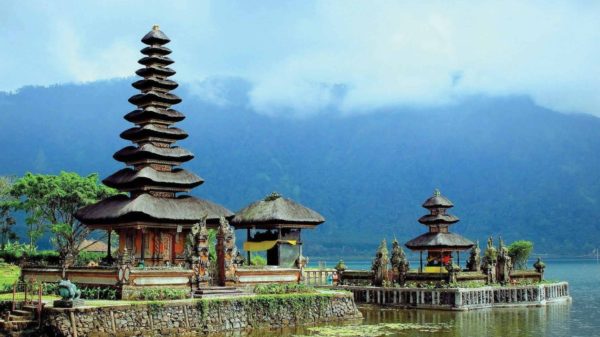

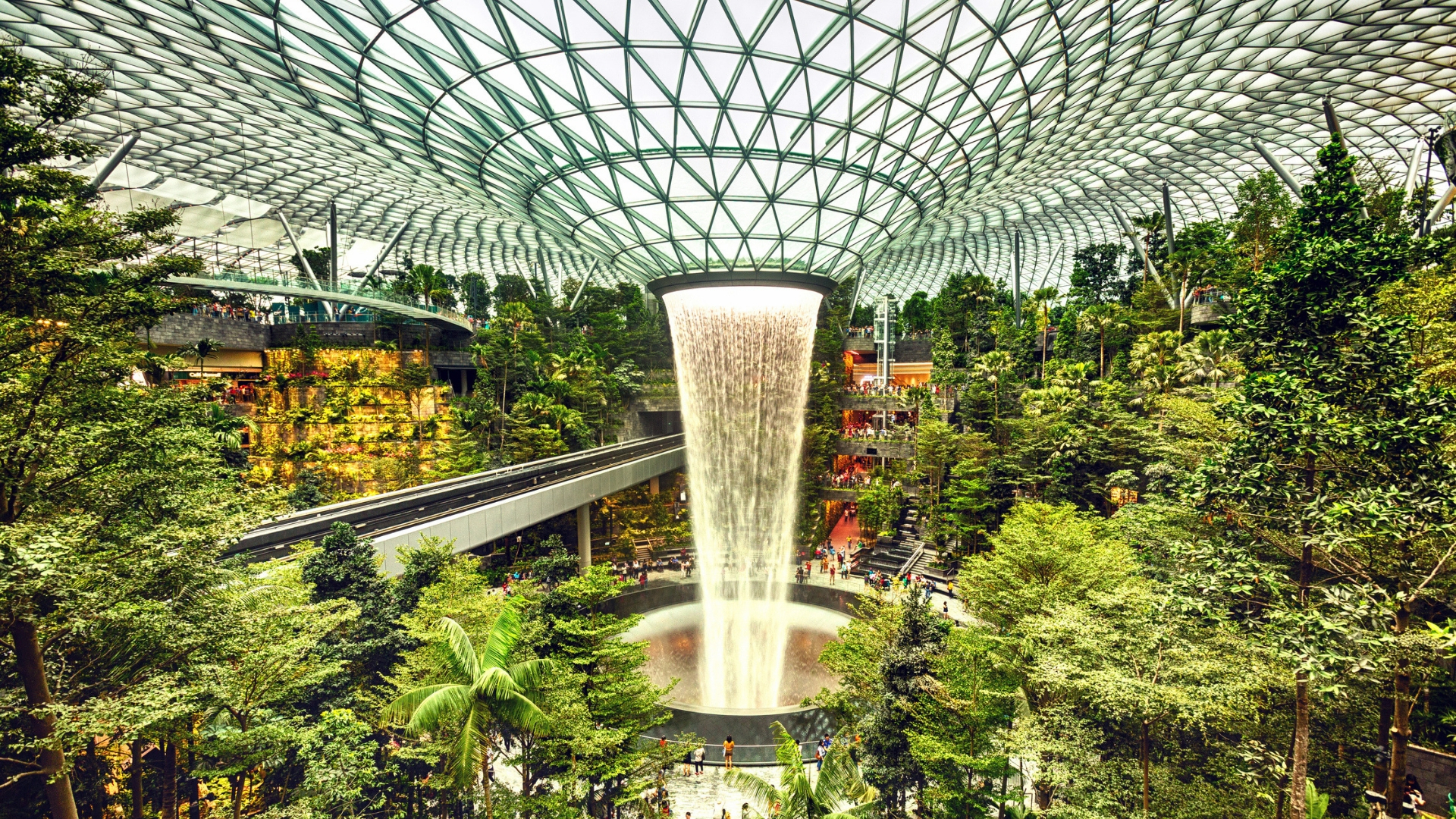

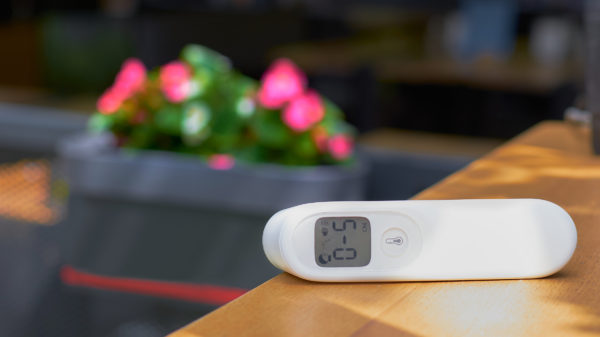

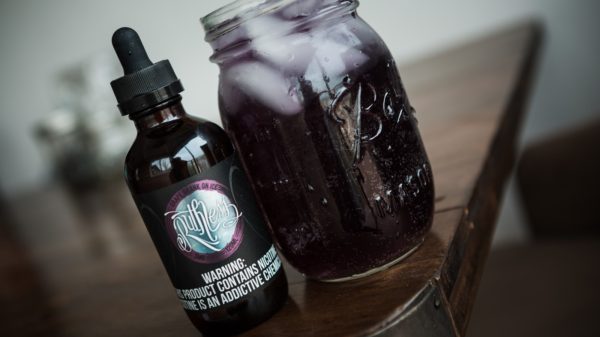



















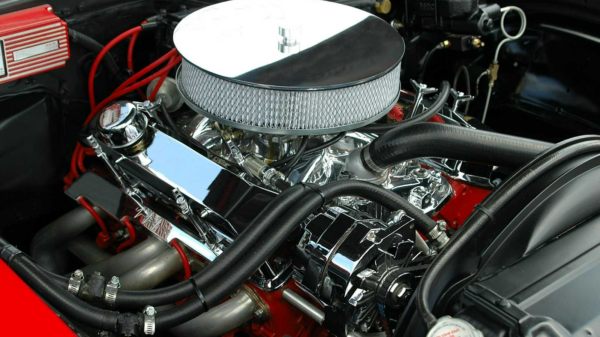





















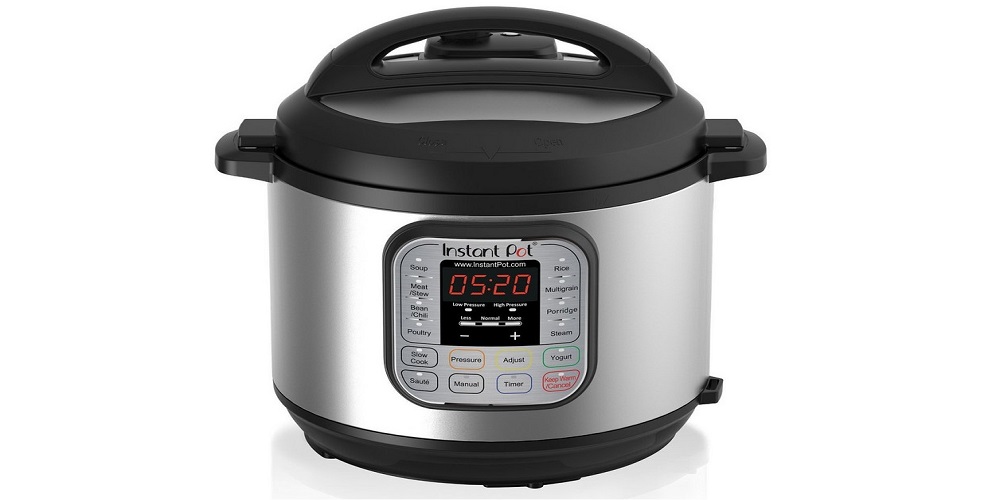















You must be logged in to post a comment Login